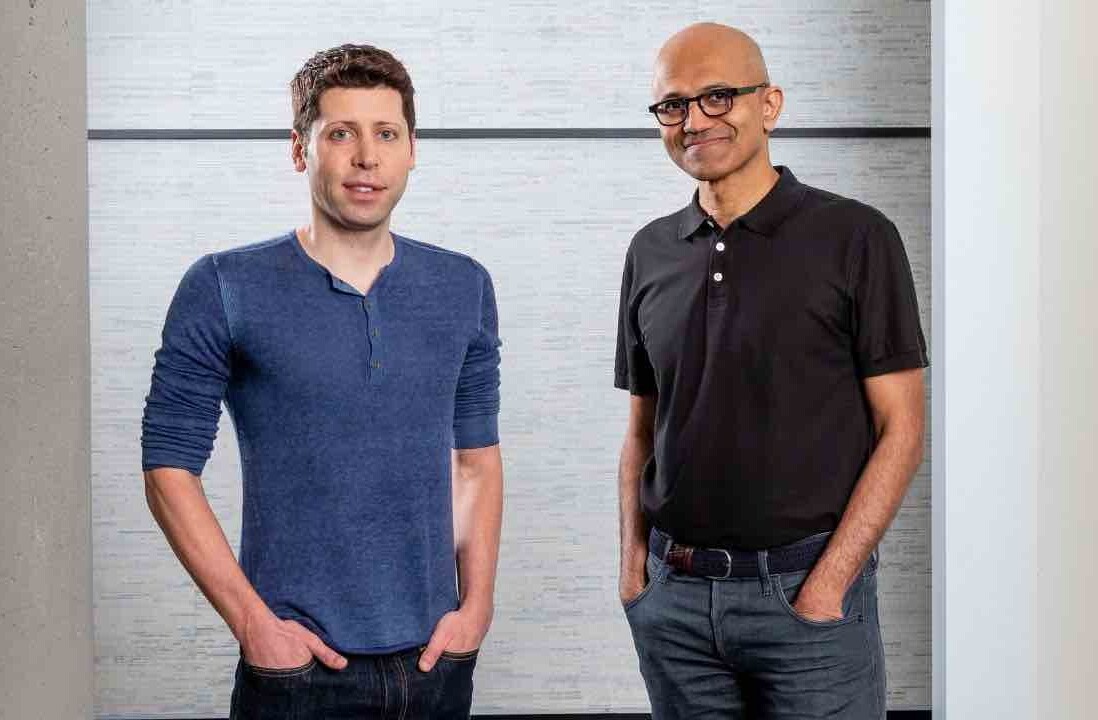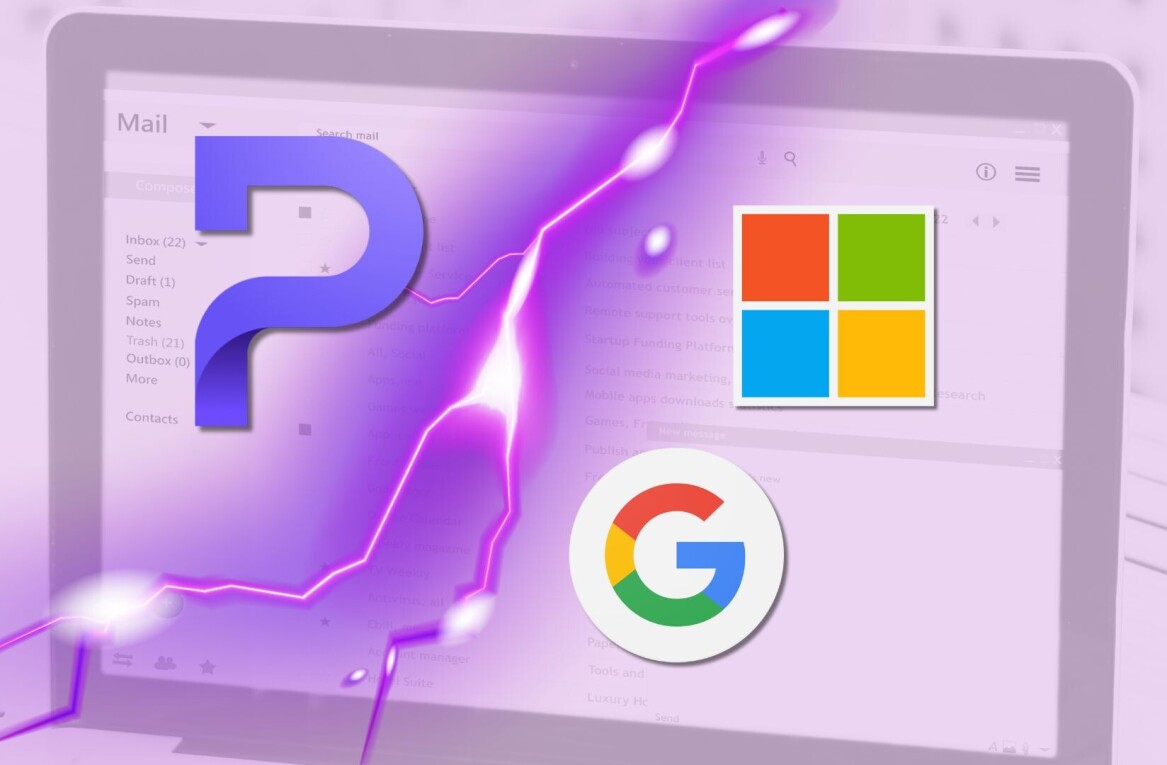
Microsoft recently announced it will soon offer ‘invitation only’ access to GPT-3 via Azure.
This is a weird bit of news. We all saw it coming the moment Microsoft tossed Open AI a cool $1B for “pre AGI technologies” (AGI, artificial general intelligence, doesn’t exist yet, so literally everything is a pre AGI tech lol).
But it’s unclear exactly what this means for OpenAI going forward. Back in 2019, when the two companies inked the partnership, it seemed like OpenAI was going to beef up Azure’s backbone.
What we’re seeing today is more like… a turn-key business opportunity. Microsoft is essentially taking GPT-3’s ability to generate code and turning it into an Azure feature. I suppose there’s probably some chatbot utility there too.
On the surface, this feels like a good thing. Azure’s as robust and stable as any other cloud-based processing platform and GPT-3’s the benchmark for text generators.
Where the majority of academics and entrepreneurs want to repeat the same stupid prestidigitation trick (look! An AI wrote this!), Microsoft’s got the technological gravitas to do great things with GPT-3.
Once you dip your head beneath the surface though, things get pretty murky. But to explain why, we’ll need to start at the beginning.
Once upon a time
There was an engineer, developer, and entrepreneur named Elon Musk. He partnered with an investor and entrepreneur named Sam Altman – the former president of Y Combinator.
They lead a group of investors in raising a billion dollars to form a non-profit organization dedicated to creating an artificial general intelligence.
The concern was that any AI capable of human-level intelligence would need to be harnessed for the good of all people, not just a single corporation or government.
At the time, most experts considered OpenAI a direct competitor to DeepMind. And, because DeepMind had been gobbled up by Google, it appeared as though Musk and Altman were trying to build a buffer against the kind of terrifying future usually only mentioned in movies about killer robots.
Unfortunately for OpenAI, developing an AGI is expensive. First off, there’s the fact that nobody knows how.
Not only do people quibble over whether it’s even possible to create an AGI using modern technology, but there are strident disagreements between world-renowned AI experts on which approach is the best to even start with.
Secondly, you can’t sell “developing an AGI” as a service or product.
So what’s a non-profit that needs about a billion more dollars to keep the lights on supposed to do? Use its initial funding to create a text generator, sell access to that text generator on an invitation-only basis to the public, and then sell access to that access to Microsoft.
Exit Elon, stage left
Musk absolved himself of all association with OpenAI before Microsoft got involved. In the time since, it’s become apparent that GPT-3 isn’t any closer to being an AGI than Cortana is.
In fact, GPT-3 is essentially useless without a series of hard filters in place. That’s why both OpenAI and Microsoft are forced to offer provisional access on an invite-only basis.
GPT-3 is incredibly biased. Without those hard filters in place it has a tendency to generate hate-speech and potentially-harmful misinformation.
And the ethical concerns over GPT-3 access via Azure don’t end at issues of bias.
OpenAI started as a non-profit, quietly transformed into a for-profit under the claim it needed to raise funds to continue developing AGI, and ended up creating a turn-key code generation business for Microsoft.
Business ethics
It would have been impossible for a good-faith investor to know that OpenAI was not only going to be a closed-source for-profit company, but that it would end up exclusively partnered with Microsoft.
Just because a company claims it’s serving the greater good of humankind doesn’t mean it should get a pass when it flips the “for profit” switch on and off like a neon “vacancy” sign outside a cheap hotel.
The weird part is that Azure is one of the few places where GPT-3’s parlor tricks really makes sense. It can do some genuine good there.
But it’s hard to believe OpenAI went from Elon’s best intentions to building Azure add-ons without leaving some investors and supporters feeling duped.
Get the TNW newsletter
Get the most important tech news in your inbox each week.





